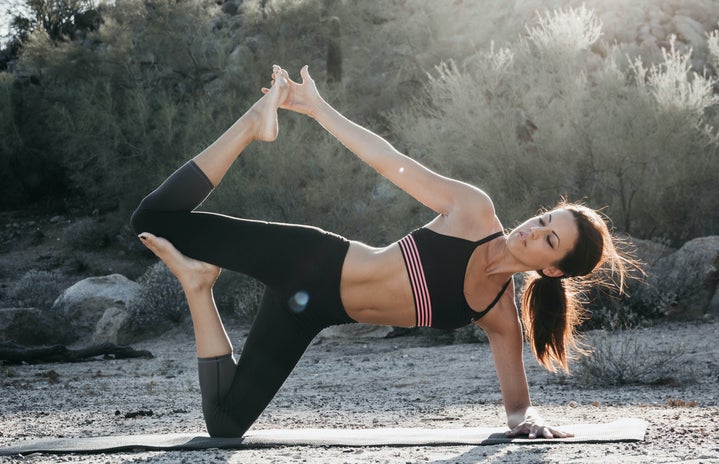For those of you who may not be aware, I’ve decided to write a brief history of the #BodyPositivity Movement.
#BodyPositivty is a social movement rooted in the belief that people should share a positive body image, regardless of social standards that often present a certain way people are supposed to look. The movement aims to address the often unrealistic expectations of body image and beauty standards with the goal to advocate for the acceptance of all bodies, regardless of size or appearance.
According to The Body Positive:
“We are creating a world in which people value their unique identities and are liberated from self-hatred so they can optimize their energy and intellect to make positive changes in their own lives, communities and beyond. Since 1996, The Body Positive has been re-connecting youth and adults to their innate body wisdom for more balanced, joyful self-care and a relationship with their whole selves that is guided by love, forgiveness and humor.”
The movement also has a deep-rooted history that coincides with different waves of feminism:
During the first wave of feminism, the Victorian Dress Reform movement sought to end the dress trend of women attempting to slim their waistlines using corsets and tightlacing. At the time, there was a societal image of women having tiny waistlines, and many women tried to adhere to this ridiculous standard. As a result, women were often forced to wear uncomfortable clothes and even suffered from potential health risks. Yet, even as women tried to slim down their waistline, they were still criticized, even if they were successful in “slimming down”. The Victorian Dress Reform movement sought to promote the idea that all body types should be accepted and that women should not have to modify their bodies to fit societal expectations.
Second Wave feminism took this a step further, aiming to create comfortable spaces where all women could come together, regardless of size. In 1996, Connie Sobczak and Elizabeth Scott, LCSW, founded The Body Positive. They sought to create a community for all women, where they would not be judged by societal expectations that often resulted in women struggling with their bodies. You can check out their website for more information about their movement, its history and ways that you can get involved.
Around the 2000s, and especially starting in 2012, social media provided an important platform to share these incredibly important messages and allow women around the world to connect together. For example, model Tess Holliday founded @EffYourBeautyStandards, challenging often unrealistic expectations of beauty, especially in regards to body size and the absence of any imperfections. Moreover, Instagram has proved to be an important means of spreading the body positivity message.
Even large corporations like Dove have started to become involved with the movement. You can see examples of this in their advertisements, like this one on YouTube.
What’s your opinion on the evolution of the Body Positivity Movement?


